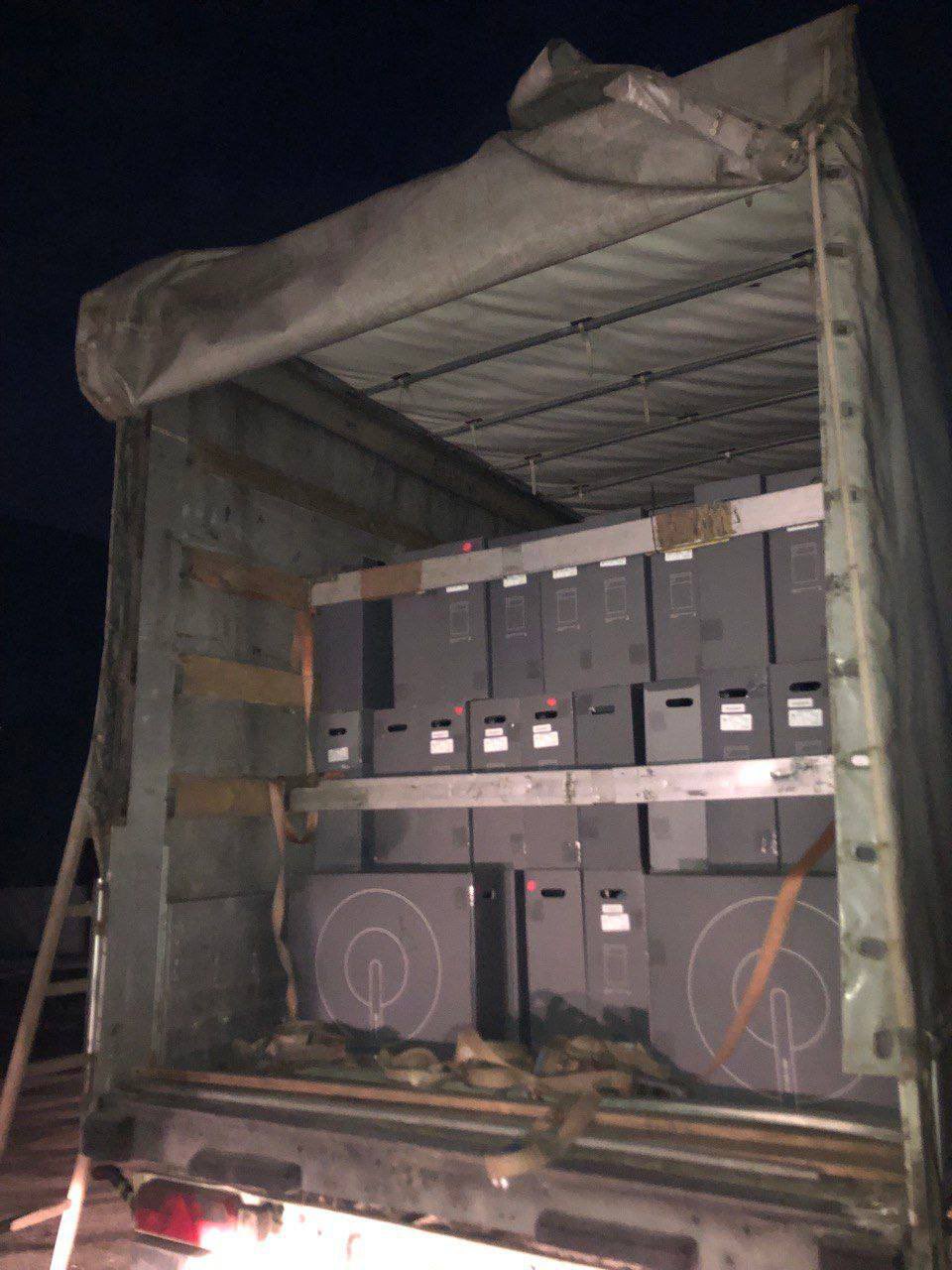SpaceX and USAID deliver 5,000 Starlink internet terminals to Ukraine
Starlink is helping Ukraine stay online despite the Russian invasion.

When Ukraine's Vice Prime Minister Mykhailo Fedorov tweeted at SpaceX founder Elon Musk to ask for Starlink internet services amidst the Russian invasion, the tech billionaire delivered — with the help of the United States Agency for International Development (USAID).
According to a new USAID press release, the public-private partnership ultimately sent 5,000 Starlink terminals to the country, whose cities have been besieged by Russian forces since February.
USAID said the terminals will provide Ukraine with "unlimited, unthrottled data connectivity," keeping communications open for the government and citizens alike, "even if Putin's brutal aggression severs Ukraine's fiber optic or cellular communication infrastructure connections."
@elonmusk, while you try to colonize Mars — Russia try to occupy Ukraine! While your rockets successfully land from space — Russian rockets attack Ukrainian civil people! We ask you to provide Ukraine with Starlink stations and to address sane Russians to stand.February 26, 2022
Space reporter Joey Roulette tweeted Wednesday that the majority of the terminals — 3,667, to be exact — as well as the associated internet service were donated directly by SpaceX at a cost of "roughly $10 million," with USAID purchasing the remaining 1,333 terminals. These numbers apparently came from an earlier version of the USAID release; the updated release doesn't give dollar figures and refers only to 5,000 Starlink terminals donated by a public-private partnership.
Roulette also suggested in another tweet that France and Poland had made contributions to the Starlink shipments to Ukraine, citing an earlier conversation with SpaceX president and chief operating officer Gwynne Shotwell. The USAID announcement only refers to the American partnership, however.
Fedorov originally asked for aid on Feb. 26, and the first shipment of Starlink terminals arrived just two days later — a remarkable logistical feat. But it turns out that SpaceX had already been working on the Ukraine delivery for six weeks at that point, initiating the process well before Russia's invasion, and was simply awaiting permission to enter the country.
Breaking space news, the latest updates on rocket launches, skywatching events and more!
SpaceX's Starlink program is designed to provide affordable, low-latency internet service to remote locations around the world via its ever-growing constellation of satellites in low Earth orbit, with launches adding to the network roughly once every week or two throughout 2022.
Ukraine is not SpaceX’s first humanitarian mission. For example, the aerospace company also sent Starlink terminals to the Pacific island nation of Tonga after a volcanic eruption interrupted communication services there on Dec. 20, 2021.
Follow Stefanie Waldek on Twitter @StefanieWaldek. Follow us on Twitter @Spacedotcom and on Facebook.

Space.com contributing writer Stefanie Waldek is a self-taught space nerd and aviation geek who is passionate about all things spaceflight and astronomy. With a background in travel and design journalism, as well as a Bachelor of Arts degree from New York University, she specializes in the budding space tourism industry and Earth-based astrotourism. In her free time, you can find her watching rocket launches or looking up at the stars, wondering what is out there. Learn more about her work at www.stefaniewaldek.com.
